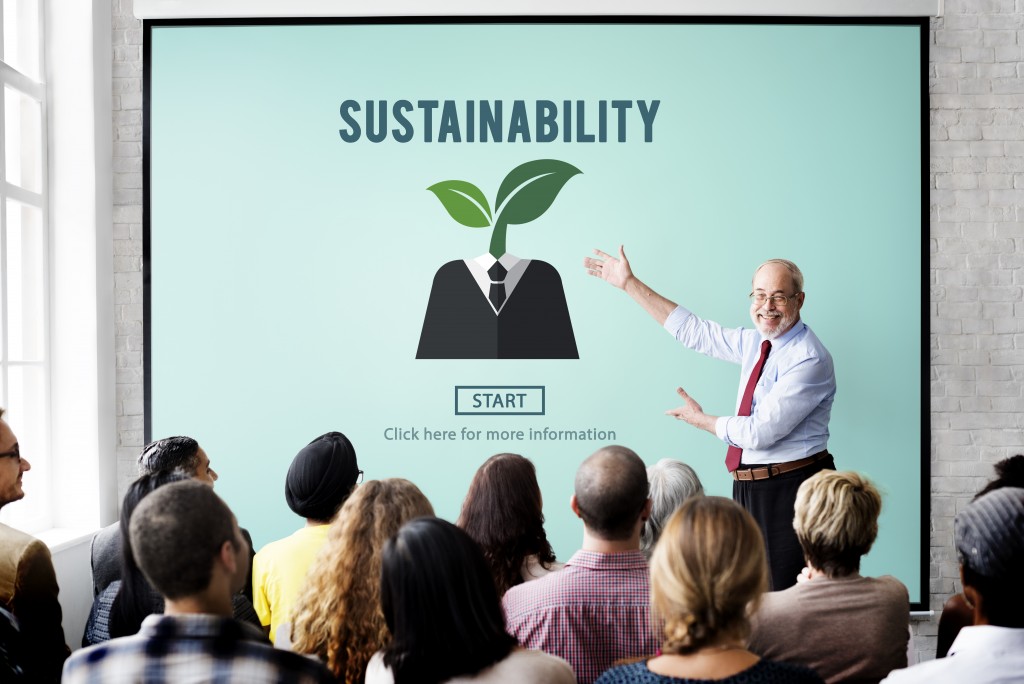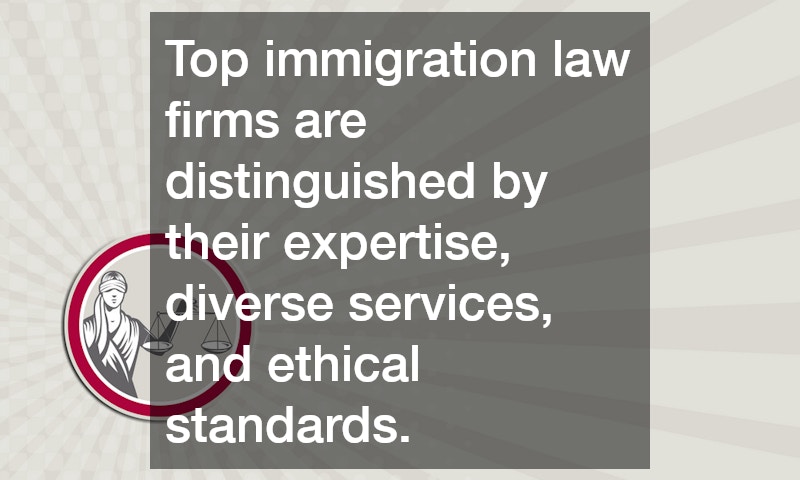As we enter the ‘20s and potentially a new era for the global environment, more businesses than ever are adopting measures to become more eco-friendly and reduce their environmental impact. Not only is there a growing acceptance of social responsibility among organisations, but most have come to realise that consumers prefer and support sustainable business.
As a small business owner, you probably know that changes to become more environment-friendly can be costly. Still, profitability and sustainability aren’t mutually exclusive. Here are some tips to help you out.
Small first steps
The first steps any business can take when beginning to shift towards green practices will be small, direct, and obvious – and that’s great since it becomes easier for your organisation to build momentum as you drive towards sustainability.
Purchasing energy-efficient appliances as a replacement for anything that breaks down will save costs in the long term. Reinforcing responsible employee behaviour such as shutting down workstations when not in use, or making full use of natural daylight, is another way to become more sustainable and reduce your energy bills.
Cut down on waste
 Most businesses will have their unique processes which could potentially be driving costs through waste. These may be your next easy targets to address. Manufacturing plants, for instance, could reuse water through a wastewater treatment program. Most offices with a need for extensive record-keeping should strongly consider going paperless and using data management solutions for storage and security if they aren’t already doing so. By reducing operational waste or even reusing it, you’ll be turning loss into revenue and taking another step towards sustainability.
Most businesses will have their unique processes which could potentially be driving costs through waste. These may be your next easy targets to address. Manufacturing plants, for instance, could reuse water through a wastewater treatment program. Most offices with a need for extensive record-keeping should strongly consider going paperless and using data management solutions for storage and security if they aren’t already doing so. By reducing operational waste or even reusing it, you’ll be turning loss into revenue and taking another step towards sustainability.
Look for synergy
After you’ve taken the early steps, you might want to zoom out and look for synergy within your processes. The solutions you’ll find may be very specific to the nature of your business. The Harvard Business Review cites the example of China-based Zhangzidao Fishery Group, which turned to multi-species aquaculture to create an ecosystem where some cultivated species served as fish food or grew off fish byproducts. This increased their growth and profits while reducing the environmental impact of their operations. If you can identify such opportunities in your own business, you can take bigger steps towards your goals.
Work within the ecosystem
Businesses don’t operate in a vacuum, and achieving progress towards sustainability is always a cooperative effort. Understanding that you’re part of this ecosystem will help you exert more influence. Increasingly, modern organisations have started to vet their vendors and partners, making sure that these are all doing their part to operate sustainably and ensure that they source from responsible suppliers. Become more involved in the business community and set an example through your leadership and best practices.
Adapt and innovate
The world continues to change in multiple ways. In some areas, environmental pressure is increasing, while new solutions are developed to problems elsewhere. Some of the measures being taken by many companies now could still be improved in the near future. For example, new legislation may offer incentives for businesses that shift entirely to using renewable energy sources. Keep an open mind and adapt to change. Remember that innovations may carry a significant upfront cost, but can offer significantly greater long-term savings.
Every company can take steps toward more sustainable practices. Start small, maintain your profits, and build momentum until you can launch bigger initiatives and drive innovation.

